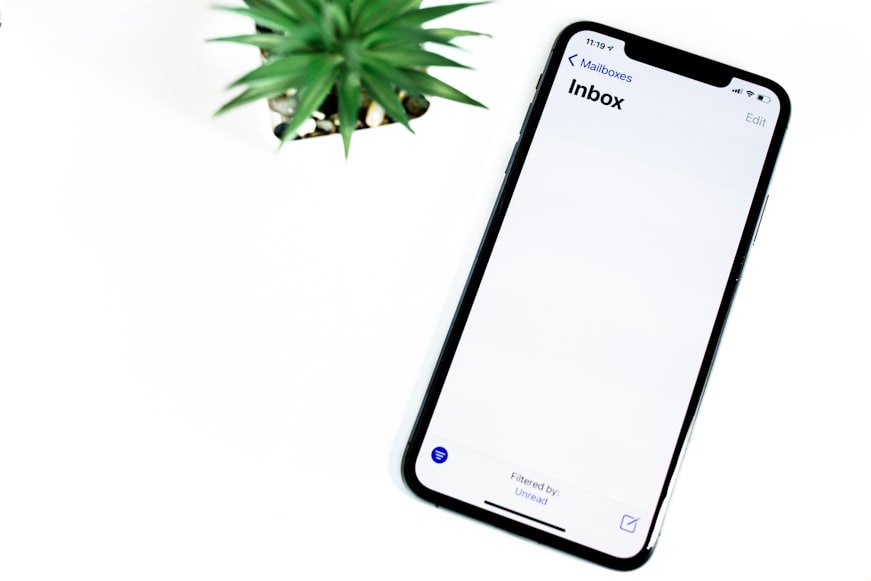Whether you are a startup in the idea phase or a corporate firm wanting to try new verticals, MVP comes in handy because who would say no to testing an idea in a short amount of time with limited resources?
MVP (minimum viable product) approach is product-saver especially when you think of the world is full of ideas and products that failed. Research shows that up to %90 of startups failed. On the other hand, the very same research says previously unsuccessful founders have a 20% probability of success while first-time founders have an 18% chance of success. That means if you fail earlier and learn from it, you have a better chance of success.
The idea of a minimum viable product was born out of this idea. An MVP approach, fundamentally, offers you an opportunity to learn from your mistakes and fix them gradually without having a big failure. In this article, we will focus on MVP. We will discuss what is an MVP, what types of MVPs out there, and why you should start with an MVP for your digital product.
What is an MVP?
An MVP is the first version of a product that refers to product vision with spending a minimum amount of resources to validate core value propositions and assumptions. We have the concept today because when it comes to new products, there are many unknowns. There is extreme uncertainty about building new things. The MVP approach seeks to eliminate some of these without using excessive resources.
The abridgment of MVP stands for the minimum viable product:
Minimum refers to a basic set of features and capabilities.
Viable means offering value to clients who are willing to pay for it.
The product suggests something that is ready to market, sell, and use.
MVP is one of the most important parts of lean methodology. It is a cornerstone of this methodology. Lean advocates for businesses to strive for validated learning while utilizing the fewest resources possible and making incremental investments. Validated learning means gathering data to prove an idea before making any new investments for the next step. Starting with an MVP is a great way to do it.
Lean advocates for businesses to strive for validated learning while utilizing the fewest resources possible and making incremental investments.
Frank Robinson invented the MVP concept, but it gained popularity thanks to startup advisers Eric Ries and Steve Blank. Eris Ries, the author of The Lean Startup: How Constant Innovation Creates Radically Successful Businesses called it to build – measure – learn feedback loop. According to him, when you build an MVP and learn if your hypothesis is true or not, there are two possible directions. If the data you gather from the MVP shows that your idea is wrong, you need to iterate and keep testing. If your data shows your product vision is on the right track, you have bigger problems: such as being copied by competitors. If you learn faster than them, your product will be successful.
As we discussed in an earlier article about digital products, digital product is a certain tech-supported solution for a specific problem for humans. An MVP still solves the problem but with the least amount of effort and most importantly, the fastest way. The capital, human power, and any other resources can gain or lose when the time never comes back. When building an MVP, being faster is more important than anything.
Types of MVPs
Every MVP has its own solutions and it depends on your budget, time, expected complexity, objectives and technical resources. Yet there are some well-accepted types of MVPs such as concierge, Wizard of Oz, landing page (aka fake door), email campaign, piecemeal and pre-order MVP. You don’t have to implement exactly the same steps but they might give you an idea about what your MVP would look like.
Concierge MVP

A concierge MVP is offering a service manually in the way a product for the same solution would work. You don’t even build a product. You help users manually to accomplish their goals to validate your idea to see if there is really a problem, who faces the problem, are they willing to pay for a solution, is your solution work, etc.
In concierge MVP, it’s important to offer the entire solution. Due to the direct human interaction, the concierge phase may be superior in terms of customer service and long-term relationships with clients.
In the concierge MVP, customers are aware of things made by humans in contrast to another MVP type, Wizard of Oz MVP.
Wizard of Oz MVP

Wizard of Oz MVP is selling an illusion as your product functions fully but behind the scenes things are getting done manually. The approach is called after the film The Wizard of Oz, in which a person disguises himself as a great wizard.
Wizard of Oz MVPs are great to start as soon as possible. With a Wizard of Oz MVP, you can test your value proposition by offering the same value without no one knowing the solution isn’t a product yet. You will also learn if customers are willing to pay for the solution or not, what is important for them,
Fake Door MVP

Fake door MVP is also known as a landing page. Sometimes it is called “an MVP of an MVP” since you might release a landing page way more easily than a product. Building a landing page before doing anything else is ideal for idea validation. A landing page can show you who your target users are, whether are they willing to pay for your idea, how you can reach them, etc. You can also gather your early adopters’ e-mail addresses or test your pricing model.
It’s also popular to create a no-code app with a little function as a proof of your product is real and it’s in progress.
E-mail Campaign as MVP

E-mail campaigns are still getting one of the highest ROIs to businesses. An e-mail campaign can also be an MVP. Instead of building anything, you can start by creating your potential early adopter’s list. It’s a low-cost, quick approach to reaching out to your target demographic. You can even develop a service with an email list instead of a full-fledged product.
Piecemeal MVP

A piecemeal MVP is a launch in which a product or service is given by combining existing tools. For example, if you want to sell books online, you can use Amazon’s platform to sell your books, and add new features as needed.
It is a way to launch your product or service by combining existing tools and services in order to simplify the development process and cut back on costs. They are effective if you want to quickly test out an idea before investing a lot into it just like other MVP types.
Pre-order MVP

Pre-Order MVPs allow businesses to test the effectiveness of their products before launch. This method of crowdfunding has been used to create a number of successful products. Some startups use this approach in order to develop their business model before entering the market.
The Pre-Order MVP can be a particularly effective way to raise money because it allows you to prove your market desire without relying on a retail partner or supplier. Once you have the funds, you have the security of knowing demand is there and are then freed up to produce in volume, lowering the cost of production.
Creating an MVP
A minimum viable product is your first product. It’s very simple in its current state and has a few basic features. They are built for learning about your target customers, the product-market fit and to get validation from your customers. It’s important to know whether your product will be valuable to people or not. If your solution solves a real problem for a big audience, you are on the right track. But how do create an MVP?
Ideally, these steps will help you to create a final product that is both innovative and applicable:
- Step 1: Market Research
- Step 2: Ideate on Value Addition
- Step 3: Map Out User Flow
- Step 4: Prioritize MVP Features
- Step 5: Launch MVP
By applying the steps above, you are ensuring that your product is well-received by the market and solves a real problem whilst offering real value to users. However, you should have a solid understanding of the concept MVP.
Advantageous of MVPs
- Clear focus
- Cost efficiency
- Time efficiency
- Attracting investors
- Early adopters and their feedback
- Agile development
- Idea validation
- Scalable products
Disadvantageous of MVPs
- Not all features will be available at once
- You may not have all of your features developed yet
- Your users won’t have all of the features they expect
Final Thoughts
Above all keep in mind that the MVP is developed for one reason, to determine if there is a market for your product or not. A successful MVP should also give you a fair idea of how much money you would need to start bringing your product to market.
And finally, the best way to learn how to build an MVP is by actually doing it.
Start realizing your ideas today: reach out tio for a discovery meeting about your product!

